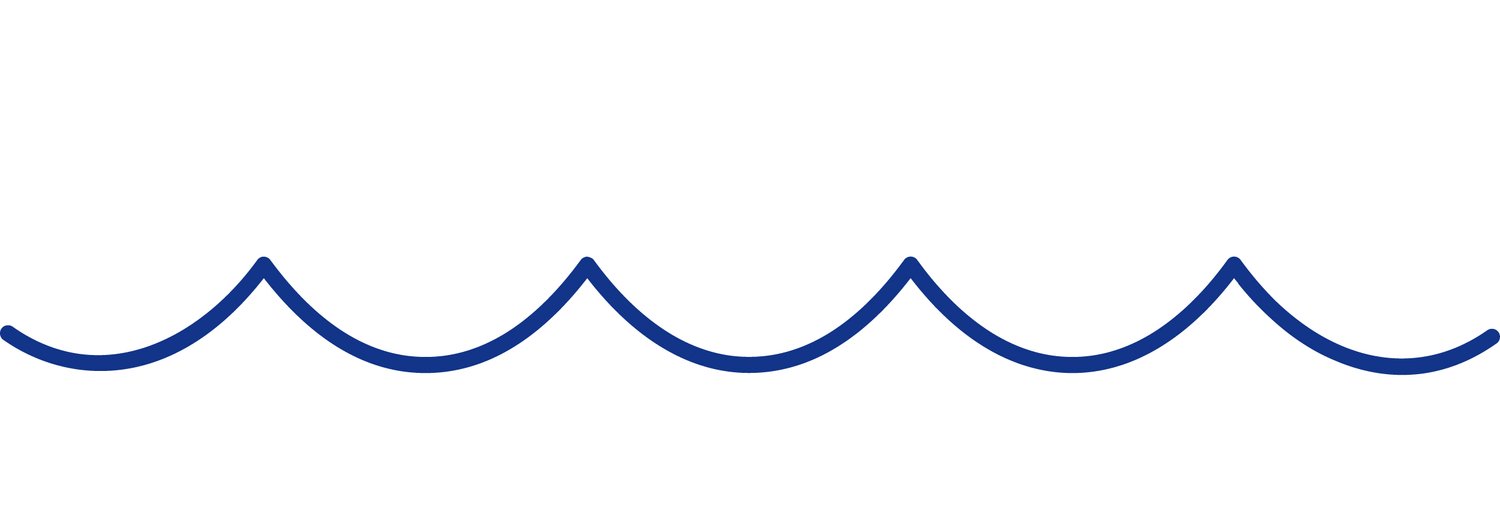Thibar.
Rénovation du Lycée Agricole de Thibar, (gouvernorat de Béja) dans le cadre d’un projet d’innovations pour l’agriculture et l’agro-alimentaire en Tunisie. Suivi photographique de l’évolution du chantier à travers ses étapes clés, portrait des ouvriers (démolition, charpente, fluides, électricité, maçonnerie…), restitution du projet sous la forme d’une publication imprimée offset, pour archivage et communication.
Client : GIZ
Nadia Kaabi-Linke.
Exposition “Kaf w kaaba halwa” de Nadia Kaabi-Linke au Centre d’Art Contemporain La Boîte, Tunis, La Charguia + Installation à l’Hôtel Megara, Gammarth. Tirages d’exposition + photographies de l’installation.
Client : LA BOÎTE - KILANI GROUPE.
Corsica Linea.
Suivi de rénovation du "Méditerranée", le plus grand car-ferry de la compagnie maritime Corsica Linea (165 mètres, 486 cabines, 2800 passagers, 690 voitures, 170 membres d’équipage) et l’un des plus anciens de la flotte sorti en 1989 des chantiers de l’Atlantique (St Nazaire).
Client : CORSICA LINEA
















